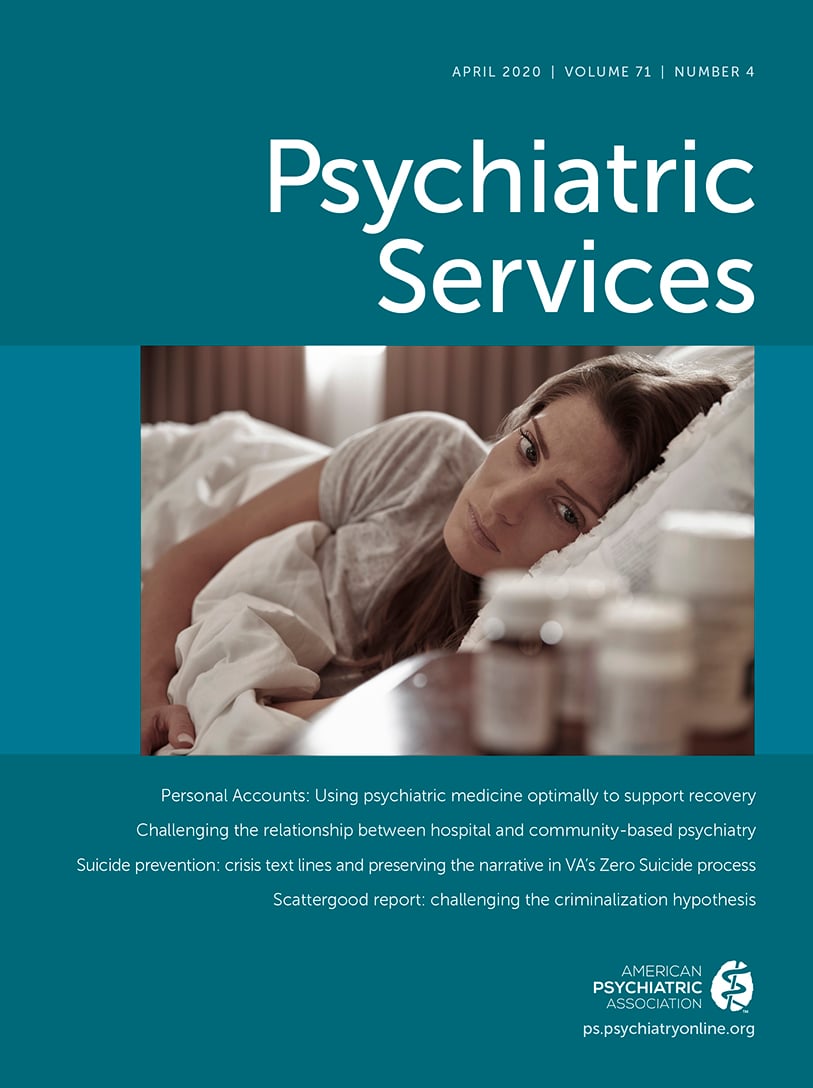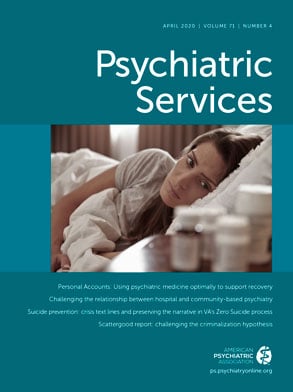Social Security Disability Insurance and Supplemental Security Income, the primary disability programs in the United States, provide long-term financial benefits and health insurance to Americans with severe impairments, who make up approximately 5% of working-age adults. Although mechanisms for exiting disability rolls and returning to work exist, people who enter these programs tend to remain enrolled permanently. For many of these beneficiaries, such as those with severe limitations associated with unremitting degenerative neurological conditions or terminal cancer, permanent disability benefits are appropriate and critical. For others, long-term benefits may be unnecessary and may cause more harm than good by promoting dependency and creating disincentives to work.
Many people with disabling conditions, especially mental health conditions, tend to improve over time with reasonable medical and vocational interventions, as they learn strategies to manage and accommodate fluctuating conditions and impairments. For these individuals, employment not only is possible but often serves as an effective treatment, hastening and reinforcing recovery. Most of these individuals want to work, but some may misunderstand the programs’ work regulations. As a result, they may avoid work altogether because of fears of losing disability payments and health insurance benefits by leaving the programs.
Currently, the Social Security Administration (SSA) assesses, at the initial point of benefit award, whether an applicant’s impairment is expected, likely, or unlikely to improve. Individuals who are expected or likely to improve are scheduled for a continuing disability review over 1 to 5 years, depending on the estimated time for improvement. The assessment allows SSA to monitor whether medical improvement has occurred and determine whether the beneficiary continues to meet SSA’s definition of disability.
To improve the current system, some disability experts and policy leaders have proposed offering temporary benefits or restructuring the continuing disability review process. For example, if benefits were temporary or time limited, the continuing disability review could be replaced by termination of benefits after a fixed period. For individuals whose condition was expected or likely to improve, benefits would last for a limited time, perhaps 2 to 5 years, to allow for progress in health and vocational functioning. Employment would be the expectation, but individuals could reapply for benefits if they remained unable to work.
Providing an effective response to disablement, however, raises much larger issues than whether SSA implements time-limited benefits or focuses on improving continuing disability review. We argue that the response to disablement must include not only health insurance but also multidisciplinary support that features a strong focus on employment and that begins as soon as possible following acute care. To address the fears and disincentives experienced by beneficiaries—and help them attain a working life—we in the mental health field must change how we support the process of seeking, obtaining, and maintaining a job.
Our current understanding of disablement and employment has evolved over the past 30 years, yielding several lessons confirmed by rigorous research. First, disablement is a dynamic rather than a static phenomenon. Complex interactions between a chronic medical condition and a wide range of personal and environmental circumstances, including social determinants and social and behavioral risk factors, create disability (
1). Second, medical treatments alone typically do not improve functioning. Psychiatric medications, for example, often ameliorate symptoms without improving vocational functioning (
2). Third, evidence-based employment services can help a large proportion of people with impairments to succeed in competitive employment. The individual placement and support (IPS) model of supported employment has proven effective for people with serious mental disorders (
3). In addition, with relatively minor adjustments, IPS supported employment can help people with a broad range of impairments (
4). Fourth, to help individuals with an impairment enter or reenter the workforce, it is more effective to combine or integrate medical, vocational, and social services than to provide parallel services (
5). We encourage SSA leaders to consider these lessons as they contemplate proposals for changing eligibility procedures.
We argue for a flexible and mobile approach to facilitate and support vocational efforts. Informed by our experience with developing, studying, and implementing community-based, recovery-oriented interventions over several decades, we have concluded that supporting vocational efforts requires a multidisciplinary team. The team should be able to address medical, behavioral, emotional, and social risks while maintaining its central focus on employment. Mobile teams can reach clients in various environments, foster community integration, and create a culture of recovery, defined as participation in work and social activities in spite of illness. A multidisciplinary team could deliver integrated services in different service settings. For example, team-based care could reach a rehabilitation setting, comprehensive care clinic, community mental health center, community health center, or American Job Center. The team should have the usual components of high-quality care, including leadership, adequate funding, an operational manual, specific training, fidelity assessments, technical assistance, and specialized assistance for challenging cases.
The team should include a team leader, an employment specialist, a therapist, a nurse, and a care manager. One or more team members should have personal experience with disability (called “lived experience” in the mental health field). Effective team leaders are usually master’s-level professionals, who can lead meetings, integrate employment with other services, ensure training and collaboration, and monitor fidelity and outcomes. The employment specialist, experienced with evidence-based vocational services such as IPS, would plan, coordinate, and deliver vocational services. An experienced nurse would assess, coordinate, and monitor medical care, including primary and specialty care. A behavioral therapist with appropriate experience would assess and address motivational, cognitive, and family issues. The care manager would assess and coordinate support services to mitigate social risks related to housing, finances, transportation, and legal services. As always, experience and competence trump specific degrees. The team should also coordinate the provision of ancillary support, as needed, such as the services of a work incentives or benefits counselor, a peer support specialist, or an expert in high-risk medical or behavioral issues.
Many issues would need to be addressed. Who would determine which beneficiaries receive these services and for how long? How would illness fluctuations be handled? Where would the proposed multidisciplinary teams be located? How would they be funded? The best evidence available currently comes from health care and disability systems in Europe, which are very different from our own. Perhaps, therefore, the first step should be to develop pilot projects to test operational approaches, effectiveness, costs, and benefits.
For psychological, ethical, legal, and medical reasons, people with disabilities deserve the opportunity to work and pursue satisfying, productive, and personally meaningful lives. Our proposal would have additional benefits. Many families need relief from providing uncompensated care. Many employers need access to a reliable new workforce. Many communities need to mitigate the distress they experience related to unemployment. The SSA would benefit if this approach helps some people escape from a life of disability and preserves federal disability funds for the most severely disabled beneficiaries.
Diverting some participants from permanent disability programs could help pay for services not covered by insurance, although the proposed program is unlikely to save money for SSA. The real savings would be in recovered lives. Most people with disabilities want to work, become more independent, and participate in community life. They just need help to succeed.

